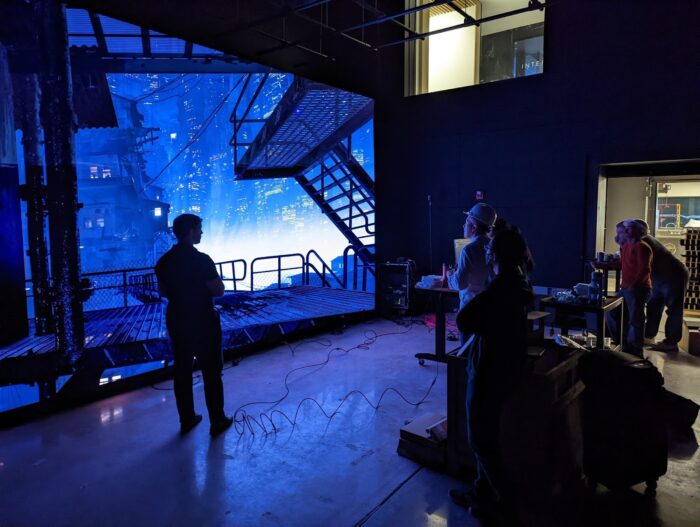The popularity of Virtual Production (VP) is increasing at a rapid pace as the technology becomes more accessible.
Fueled by the constraints of the Covid pandemic, and the need to reduce the size of on-set crews, VP has quickly become standard on big-budget productions and opens up the same opportunities for independent filmmakers.
The ability to see visual effects in real-time, rather than having to wait until post-production, is enabling a totally new way of working, helping filmmakers to tap into their creativity. At ARwall, we were among the first Virtual Production providers focused on real-time backdrops with LED video walls.
We won three patents on our solution and have since completed more than 100 deployments. We’ve worked on films, TV, commercials, student films, fan films, live events, and everything in between.
Here are just a few examples of the creative opportunities that VP brings to filmmaking, and if you’re a filmmaker, this is a simple way to decide if VP is right for your next project.
Explore adventurous environments
As filmmakers, we want to put our characters in strange and dangerous spaces, which costs money. The ability to experiment with a wide range of hyper-realistic environments without the need to physically travel there means that productions with limited budgets can afford more ‘faux’ location shoots that bring the viewer to new and exciting places.
Not only can filmmakers recreate existing locations, but they can also easily build more adventurous environments and new worlds within real-time engines—a process which begins with previs and continues to the final shot. As well as cutting out the need for extensive travel to different locations, shooting in a VP studio also requires fewer pre-production and production staff, which can reduce costs.
VP environments can be extended well beyond the physical constraints of the set, enabling directors to create far-reaching, epic landscapes. Moreover, the environments are fully controllable, so the risk involved with a traditional location shoot is taken away.
Directors are no longer limited by the light, weather, or restrictions of shooting permits. This is particularly important when scripts call for A-list talent in dozens of locations or stunts and risky physical setups in inhospitable places. Instead of having to write around these moments or sink massive investments into those sequences, Virtual Production provides a third alternative that combines the best of digital and physical effects.
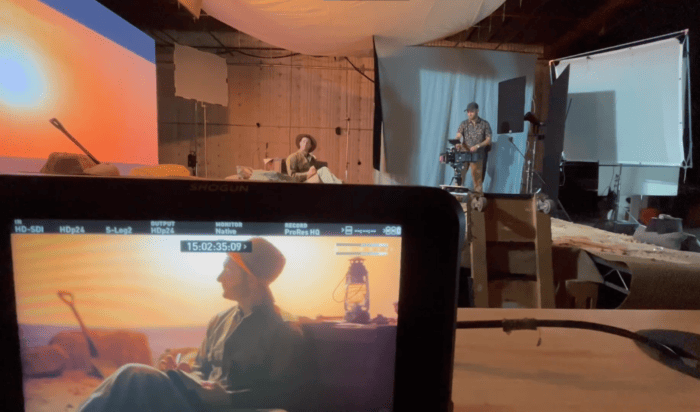
Paint with color and light
Does your concept call for ‘Willy Wonka’s boat ride’ levels of light shaping?
Maybe not, but you’re likely attracted to the idea of an infinite golden hour. Whatever your need, when working on location or with traditional green screens, lighting options can be severely limited or time-consuming to flag and shape.
Shooting against a VP LED screen gives filmmakers a lot more flexibility. This means they can shape the entire look in previs and recreate it accurately on stage, enabling them to fully manipulate lighting, color, and cadence. Being able to control the light means no more rushing to beat the sunset. With a VP setup, filmmakers can even change the sun’s position in the sky.
While traditional practical lights can be used to light the actors, these are augmented by the fully controllable glow from the LED panels, driven by data from the real-time environment. This gives a more realistic look in terms of how the light reflects off the actors and any shiny surfaces on their costumes or props.
Previously, this would’ve been added purely in post-production to match on-set lighting— an imperfect process. Seamlessly combining traditional lighting with virtual lighting from real-time engines live on set enables filmmakers to ensure that all lighting, reflections, and shadows are as consistent and realistic as possible on the monitor.
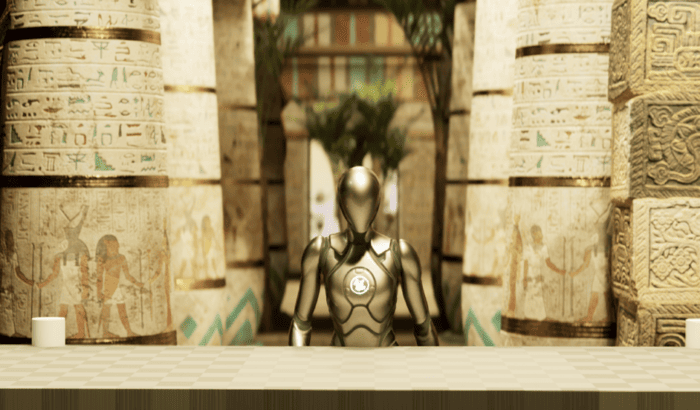
Unleash your creative process
Have you ever been on a green screen shoot and had no idea what was happening? I’ve directed shoots where backgrounds and environments were not locked or conceptualized. Early in the history of Virtual Production, when ARwall was still the only provider, I saw filmmakers defend that process, which they knew and understood.
My message to them is the same now as it was then: VP brings the ability to share and review work remotely and make changes in real-time, giving filmmakers the tools they need to get the final shot on-set. This streamlined production workflow helps filmmakers to work more efficiently and devote more time to their creative process. As well as lowering costs and speeding up timelines, VP enables much more collaboration than traditional production pipelines.
This starts in pre-production. On larger projects, we have a single online file repository that dozens of artists have access to, each with the confidence of knowing they’re working non-destructively to refine their piece of the story.
Working non-destructively is the secret weapon of digital effects, allowing us to call upon a history of creative iterations easily. Don’t like the sky you see on the wall? That’s fine, we have 12 versions our artists made while fiddling around, and more we can create in seconds.
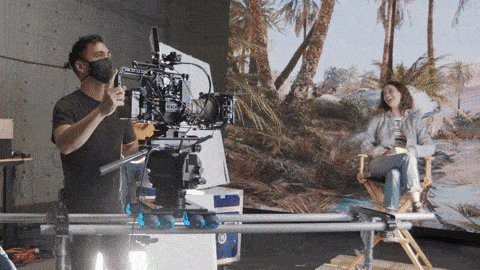
As VP spans the entire process, from early planning and previs, right through to post, this enables more accurate planning from the start. Increased collaboration between departments that previously worked relatively separately means that there is more opportunity to work together to fix problems on set rather than having to wait to do it in post.
With more synchronization between departments, the director can concentrate more on their creative intent. In addition to the creative operator, who is generally a Virtual Environment Artist or Virtual Production Producer, at ARwall, we always retain technical staff during a production who work remotely to remove technical barriers on upcoming needs on the shoot.
The fact that the tools and speed of the process now enables filmmakers and engineers to collaborate back and forth on-set is stunning to me personally as a filmmaker. We’re originating the work together using different paradigms.
Enhance performances with a visible setting
The real-time nature of VP means that actors can engage with immersive and dynamic digital environments. This immersion in their surroundings helps elicit a more natural performance of the time and place.
The ability to see the environment that they’re supposed to be interacting with, rather than relying on rudimentary markers and their imagination, means that actors can visualize and react to scenes in a more realistic way. This is particularly valuable for CGI-heavy productions where worlds may be spectacular and strange.
As well as enabling the actor to concentrate on their performance, filming against a VP volume also allows a director to ensure that shots look right in real-time. For example, having a digital background to interact with means that the actor’s sightlines are completely genuine and don’t have to be fixed later in the process.
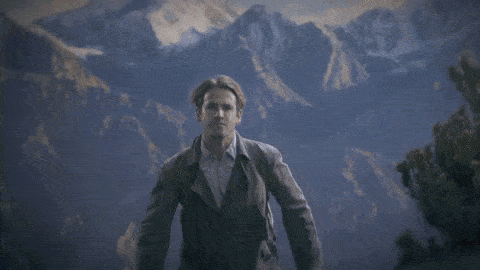
These are just a few examples of how Virtual Production is unlocking new creative possibilities and ultimately giving directors more control over their work. Virtual Production workflows enable filmmakers to achieve more with less, combining both digital and physical effects.
As the use of VP continues to accelerate, the barriers to creativity are being smashed, offering filmmakers with limited budgets a more time- and cost-effective alternative to expensive location shoots and sets.
Like what you’ve read? Check out Rene’s Tips and Tricks for Virtual Production.
About the Author
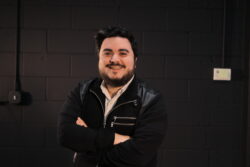
Rene boasts 24 years of experience with 16 startups, starting young working for his parent’s startups in silicon valley. He’s also directed over 350 commercials, short films, and pilots, primarily as co-founder and creative director for eight years at digital agency Automaton Creative. Most recently, as co-founder at ARwall, Rene won the SXSW Accelerator 2018 AR/VR category pitch, has been acknowledged as a top AR tech evangelist in Hollywood, and designed the first ARwall Lab in Burbank.





